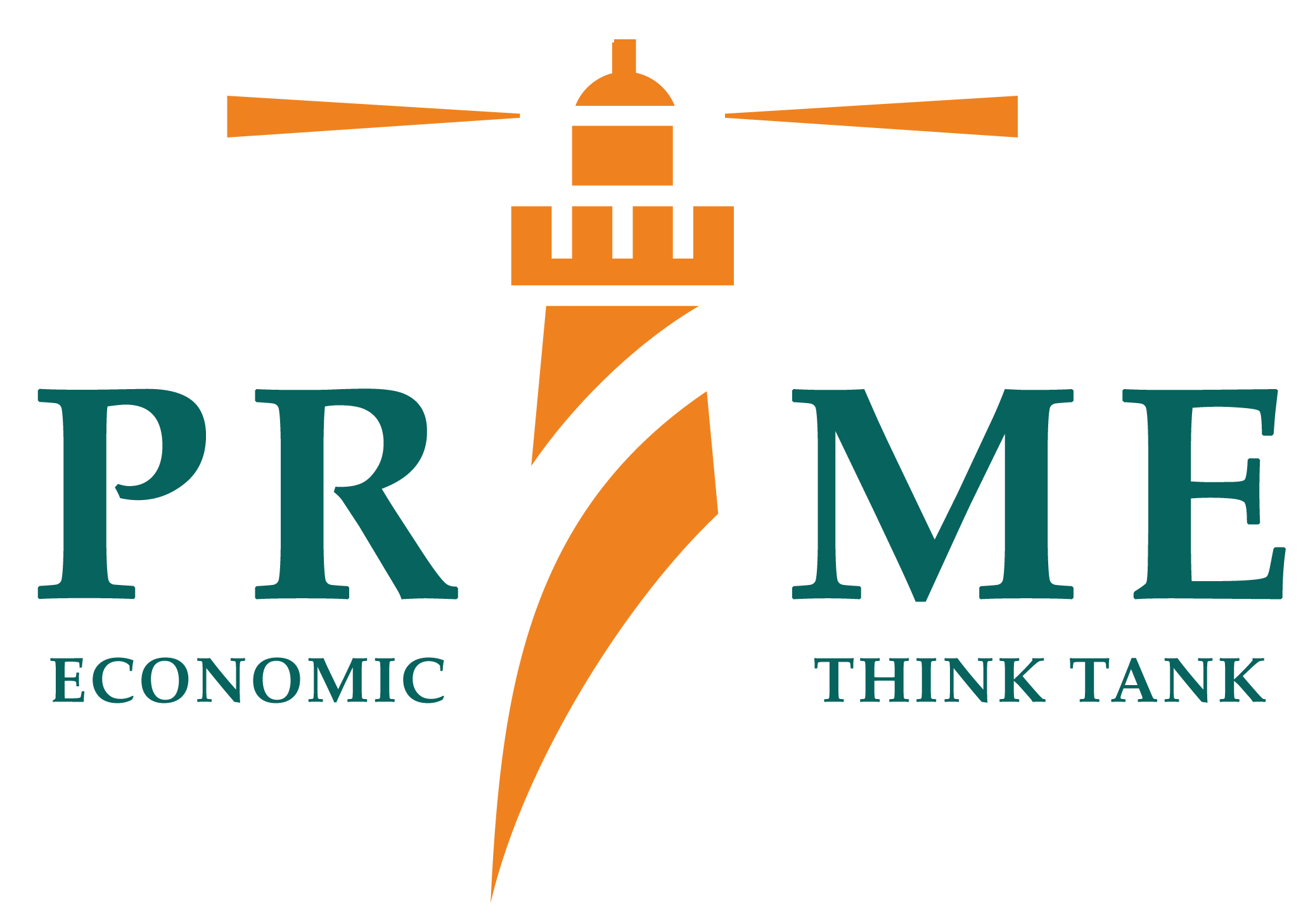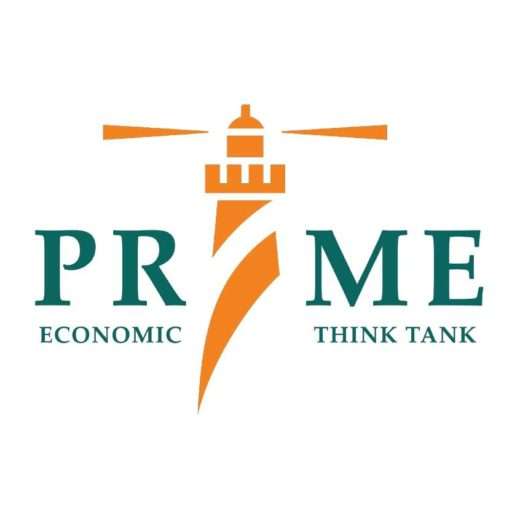Agriculture serves as the backbone of Pakistan’s economy as it contributes 19.5 percent to gross domestic product (GDP), employs 42.3 percent of the labour force and provides raw material for several value-added industrial goods.
Rice is a major agriculture export commodity not only in terms of quantity but also quality. It accounts for 3.1 percent of value-addition in the agriculture sector and varyingly contributes 1.3-1.6 percent to the GDP. Punjab (with all kinds of basmati, super, IRRI and hybrids) leads the national production scale with a contribution of 53 percent. Sindh (IRRI and hybrids) follows with 26 percent, Balochistan (IRRI and hybrids) with 12 percent and the remaining 9 percent comes from the Khyber Pakhtunkhwa.
In the last five years, 16.34 million tons of rice were exported.[1] Pakistani rice exports continue to increase and have reached an all-time high of $2.07 billion as of current fiscal year (FY19).[2]
As ratified by Pakistan under the International Plant Protection Convention (IPPC), the Department for Plant Protection (DPP) is accountable, in terms of monitoring and controlling, for the application of international Sanitary and Phyto-Sanitary (SPS) regulations on imports and exports. On the other hand, the Rice Exporters’ Association of Pakistan (REAP) is a private sector organization consisting of rice exporters from all over Pakistan that interacts with the Ministry of Commerce, Ministry of Food Agriculture and Livestock and also with the Planning Division of the Government of Pakistan.
This country note examines the responses of the above mentioned organizations as well as private sector stakeholders (rice exporting SMEs) to a revision in EU’s maximum residue limits (MRL) and its impact (if any) on the rice exports.


